Etienne Thuillier
HRTF Estimation using a Score-based Prior
Oct 02, 2024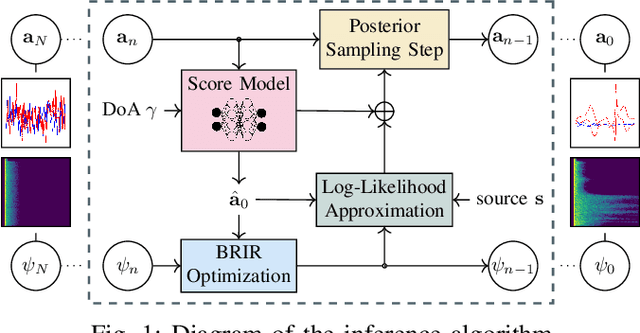
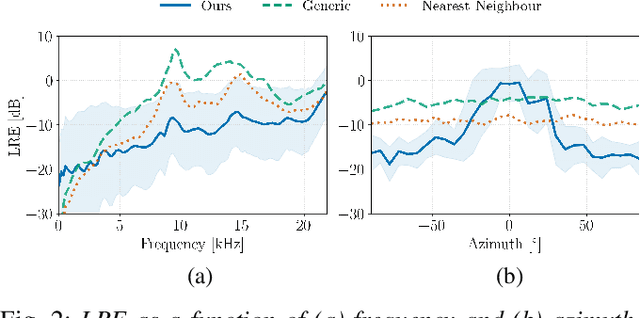
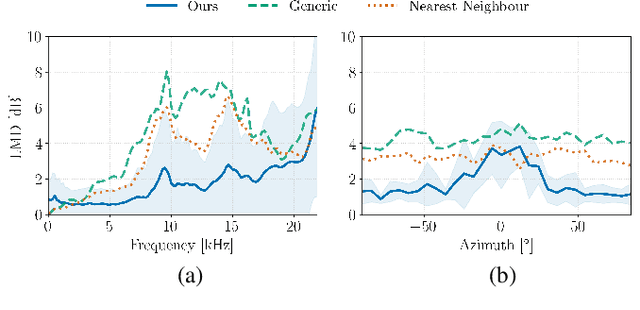
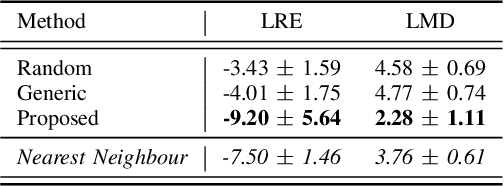
Abstract:We present a head-related transfer function (HRTF) estimation method which relies on a data-driven prior given by a score-based diffusion model. The HRTF is estimated in reverberant environments using natural excitation signals, e.g. human speech. The impulse response of the room is estimated along with the HRTF by optimizing a parametric model of reverberation based on the statistical behaviour of room acoustics. The posterior distribution of HRTF given the reverberant measurement and excitation signal is modelled using the score-based HRTF prior and a log-likelihood approximation. We show that the resulting method outperforms several baselines, including an oracle recommender system that assigns the optimal HRTF in our training set based on the smallest distance to the true HRTF at the given direction of arrival. In particular, we show that the diffusion prior can account for the large variability of high-frequency content in HRTFs.
HRTF Interpolation using a Spherical Neural Process Meta-Learner
Oct 20, 2023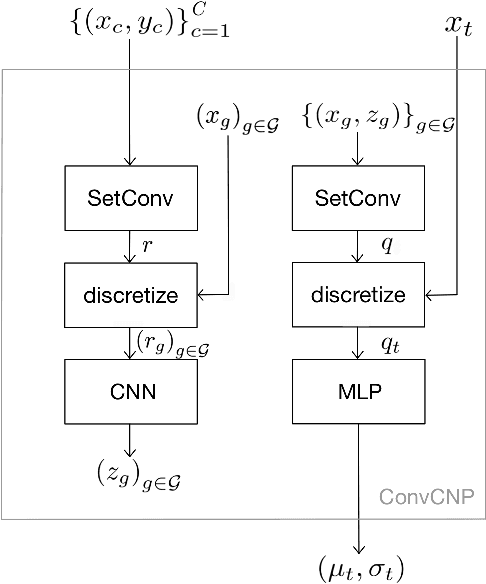
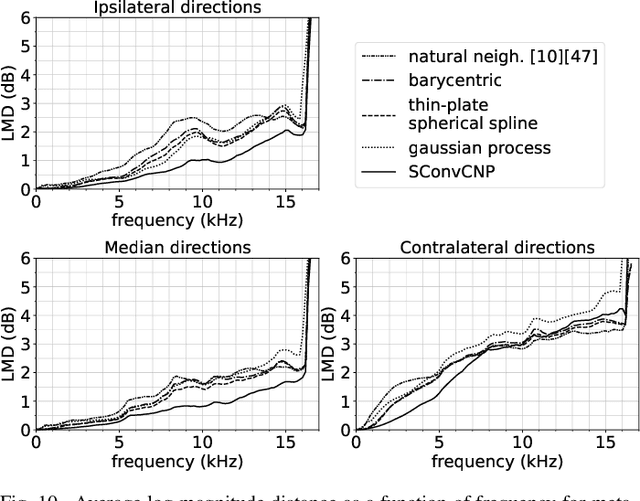
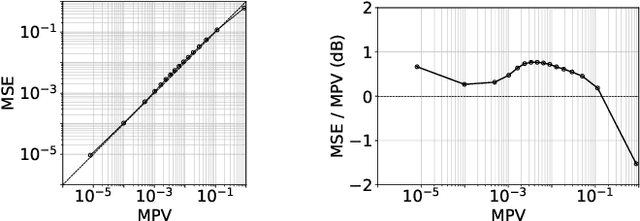
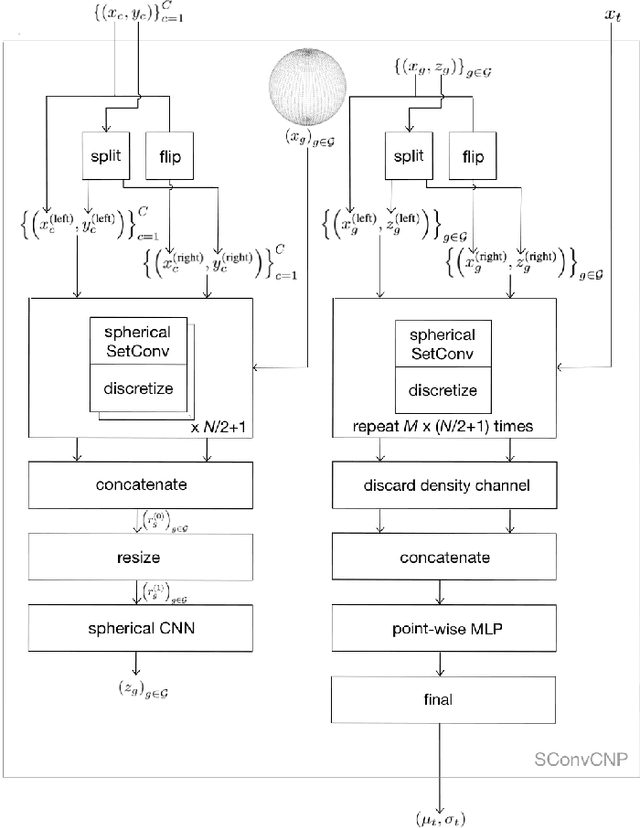
Abstract:Several individualization methods have recently been proposed to estimate a subject's Head-Related Transfer Function (HRTF) using convenient input modalities such as anthropometric measurements or pinnae photographs. There exists a need for adaptively correcting the estimation error committed by such methods using a few data point samples from the subject's HRTF, acquired using acoustic measurements or perceptual feedback. To this end, we introduce a Convolutional Conditional Neural Process meta-learner specialized in HRTF error interpolation. In particular, the model includes a Spherical Convolutional Neural Network component to accommodate the spherical geometry of HRTF data. It also exploits potential symmetries between the HRTF's left and right channels about the median axis. In this work, we evaluate the proposed model's performance purely on time-aligned spectrum interpolation grounds under a simplified setup where a generic population-mean HRTF forms the initial estimates prior to corrections instead of individualized ones. The trained model achieves up to 3 dB relative error reduction compared to state-of-the-art interpolation methods despite being trained using only 85 subjects. This improvement translates up to nearly a halving of the data point count required to achieve comparable accuracy, in particular from 50 to 28 points to reach an average of -20 dB relative error per interpolated feature. Moreover, we show that the trained model provides well-calibrated uncertainty estimates. Accordingly, such estimates can inform the sequential decision problem of acquiring as few correcting HRTF data points as needed to meet a desired level of HRTF individualization accuracy.
 Add to Chrome
Add to Chrome Add to Firefox
Add to Firefox Add to Edge
Add to Edge